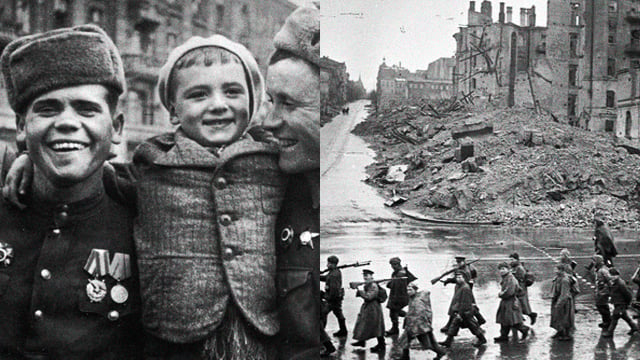
Every year on October 28, Ukraine celebrates the Day of Liberation from the Nazi occupiers.
The tragedy of World War II did not bypass any Ukrainian family, but every year there are fewer and fewer eyewitnesses to those events.
For the 80th anniversary of the Day of Liberation of Ukraine from the Nazi Invaders, ICTV Fakty has prepared the most important figures and archival photos of the events, and also explains why the name of this date is not is completely true.
Now watching
So fascists or Nazis?
The German-Soviet War began on June 22, 1941.
On the same day, the People's Commissar of Foreign Affairs of the USSR Vyacheslav Molotov for the first time stated in a message on Soviet radio that the Third Reich (Germany during the time of Adolf Hitler) was a fascist state.
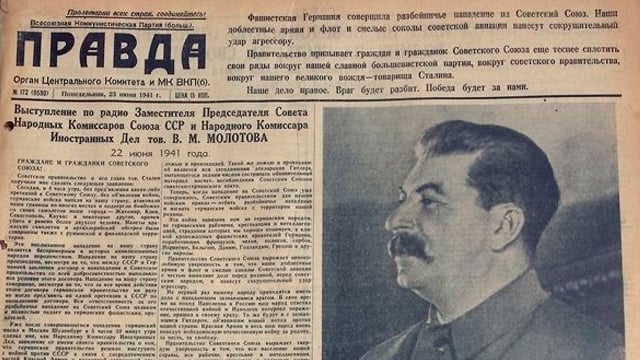
— Fascist Germany has carried out a bandit attack on the Soviet Union. Our valiant army and navy and the brave falcons of the Soviet air force will deal a crushing blow to the aggressor. The government calls upon the citizens of the Soviet Union to unite even more closely around our glorious Bolshevik Party, the Soviet government and our great leader, Comrade Stalin. Our cause is just. The enemy will be defeated. Victory will be ours.
In reality, Germany at that time had more in common with the Soviet Union, than with fascist ideology.
Despite the excellent international relations between the Reich and the USSR in the 1930s, it became clear at the beginning of the Second World War that a conflict between the two totalitarian states was inevitable.
Since no one wanted to have anything in common with the enemy, the Soviet press began to widely use the term “fascist Germany”.
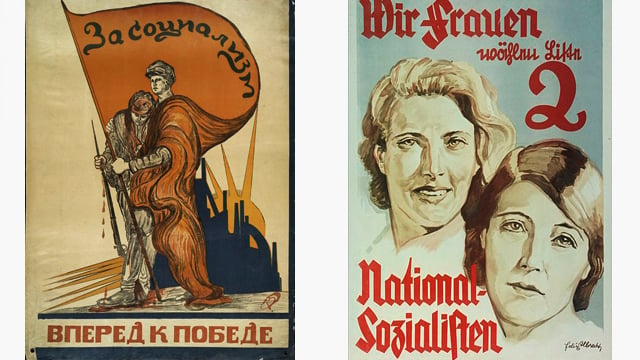
According to researchers, this is easy to explain. Soviet ideology assumed building socialism, and the German pro-government party of Adolf Hitler was National Socialist.
Leader Stalin wanted to avoid any association with Fuhrer Hitler, thus single-handedly blaming Germany for the outbreak of war in Europe.
The only state in the world with a fascist regime was Italy: cases of Italian troops participating in the war on Ukrainian territory were isolated.
Therefore, despite Soviet propaganda, German troops should be called Nazi.
The final liberation of Ukraine
During the first four months of the German-Soviet war, the entire continental part of Ukraine was occupied. Soviet troops defended Sevastopol to the last, but were forced to leave the city in July 1942.
Most of the regions of modern Ukraine were under German occupation for two to three years.
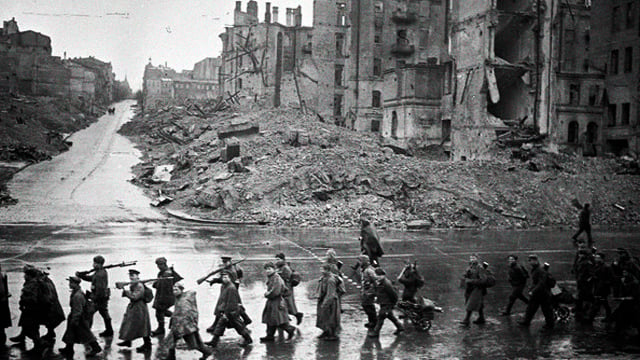
The key events in the defeat of the Reich were the Battle of Stalingrad in February 1943 and the events on the Kursk Bulge in July 1943, which went down in history as one of the largest tank battles of World War II.
It was after the successful counterattack that the first attempts by Soviet troops to liberate Ukrainian lands began.
Chronology liberation:
- Kharkov — August 23, 1943;
- Kyiv — November 6, 1943;
- Dnieper — December 23, 1943;
- Odessa — April 14, 1944;
- Lviv — July 27, 1944.
The Zhytomyr-Berdichev, Korsun-Shevchenkivska, Rivne-Lutsk, Krivoy Rog, Lviv-Sandomierz and East Carpathian military operations were carried out in parallel.
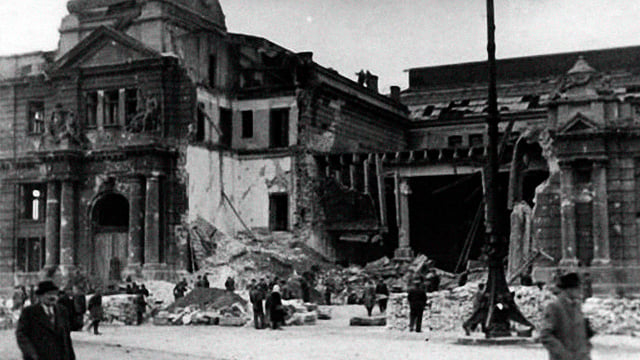
As of October 28, 1944, Soviet troops had finally pushed the Germans back to the border. However, there was still one more city, Chop.
The Nazi army left the city the very next day, but soon began a counteroffensive.
Over the course of weeks, individual areas of Chop, an important railway junction on the border of Slovakia, Hungary, and Transcarpathian Ukraine, changed hands.
The final date of Chop's liberation, November 23, 1944. Now it is the westernmost settlement of Ukraine.
War in numbers
It is believed that Ukraine's losses during the Nazi occupation amount to 5.2 million people.
Of which 3 million— civilian population, of which 1 million — were of Jewish nationality. The remaining losses — 2.2 million — associated with a catastrophic increase in mortality rates.
According to demographers, the pre-war population in Ukraine was restored only 13 years later, in 1959.
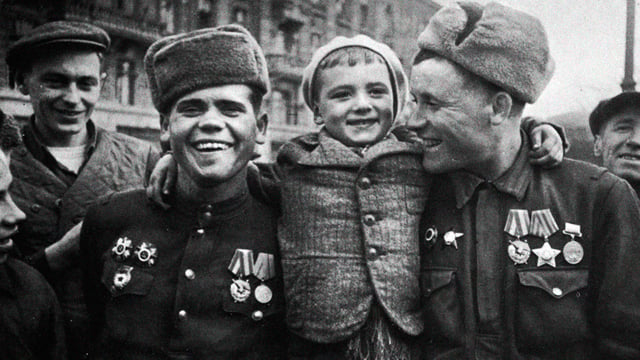
To sum up the losses of Ukraine in World War II, it is necessary to take into account a number of factors.
Civilian and military losses have always been counted separately: this is where the difficulties begin.
Firstly, Ukrainians participated not only in Soviet battles. Tens of thousands of Ukrainians are known to have served in the ranks of the US, UK, Poland and Finland, but the statistics on losses were kept differently in each country.
Secondly, the USSR did not track civilian losses during the war, and after the end of hostilities, approximate statistics did not fully reflect the real picture.
Before the war, many regions of modern Ukraine survived the Holodomor and the repressions of 1937, and data on the millions of dead was hidden.
We Remember
Every year on October 28, events are held in Ukrainian cities to perpetuate the memory of all those who liberated Ukraine from the German occupiers.
Hundreds of citizens come with flowers to the tombs of the Unknown Soldier and other memorials to remember and once again understand their role in Ukrainian history.
At the beginning of World War II, Ukrainian lands were part of four states, and this is the main reason why Ukrainians can now honor different heroes of the war.
It is important to realize that the expulsion of the Nazis from Ukraine is a common victory for Ukrainians, both from the ranks of the Red Army and from the ranks of the liberation movement, even despite their struggle among themselves.
The undoubted heroes are those who defended their native lands to the last and were not afraid to fight back the enemy. We must remember everyone.

